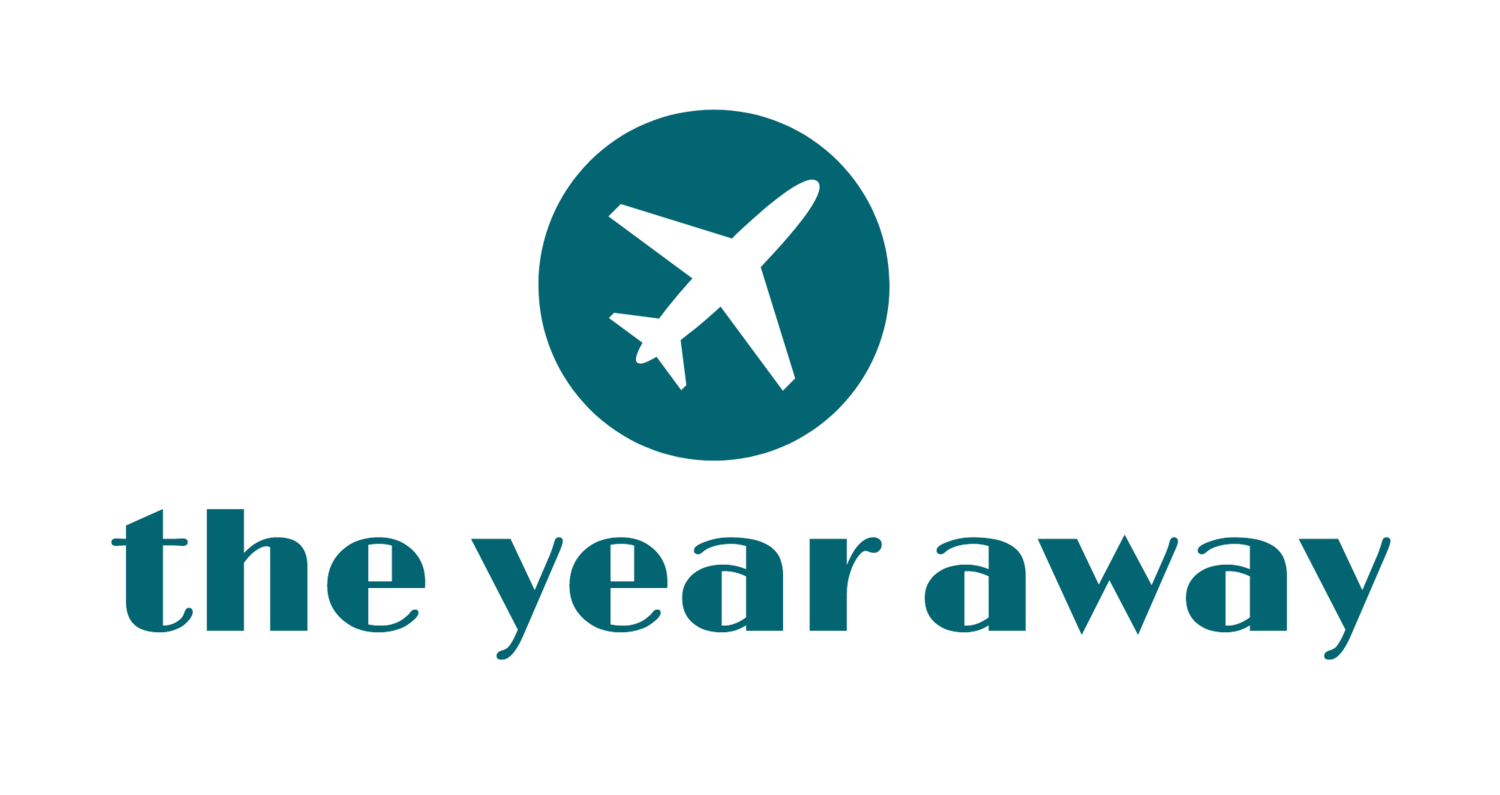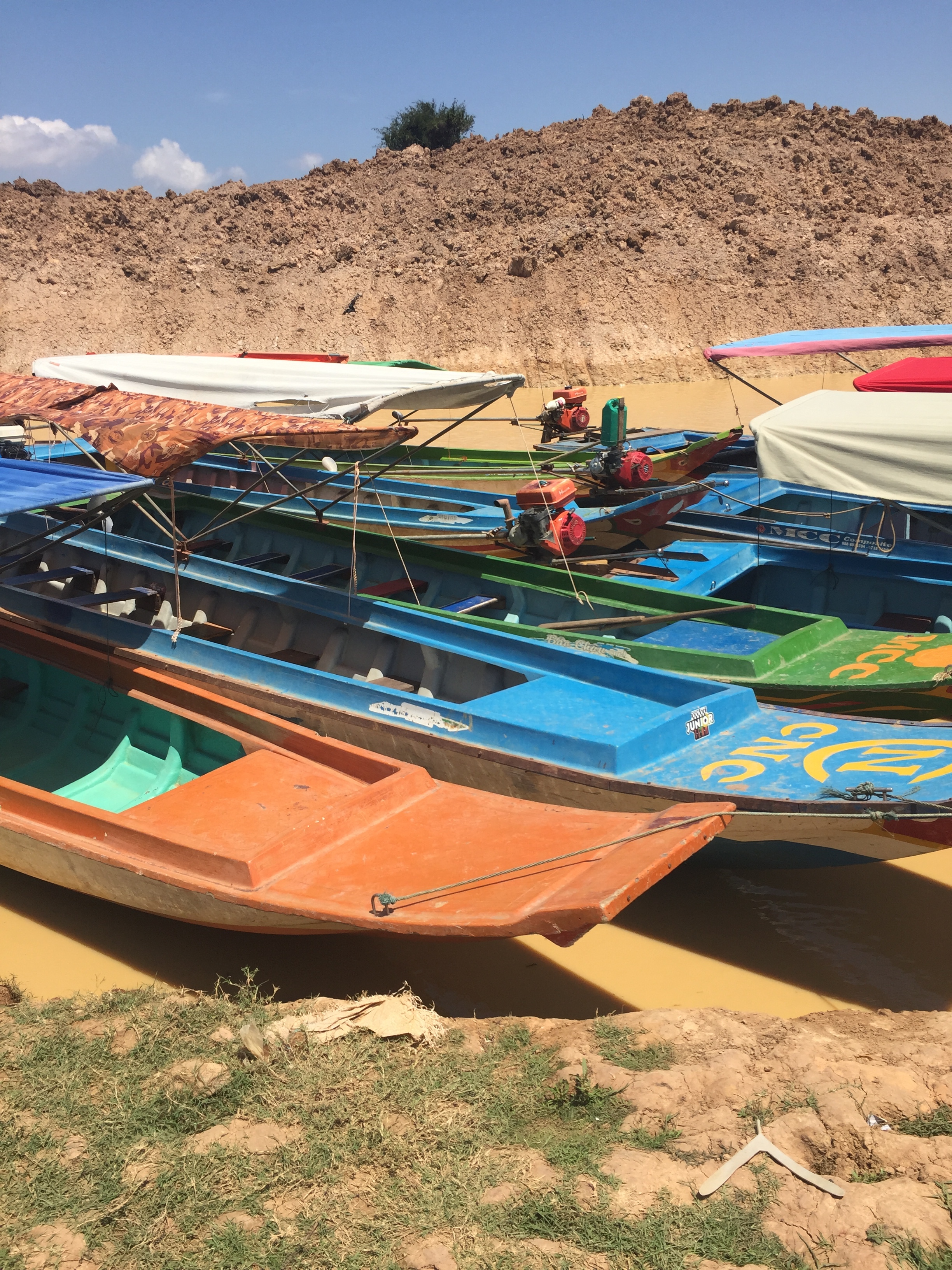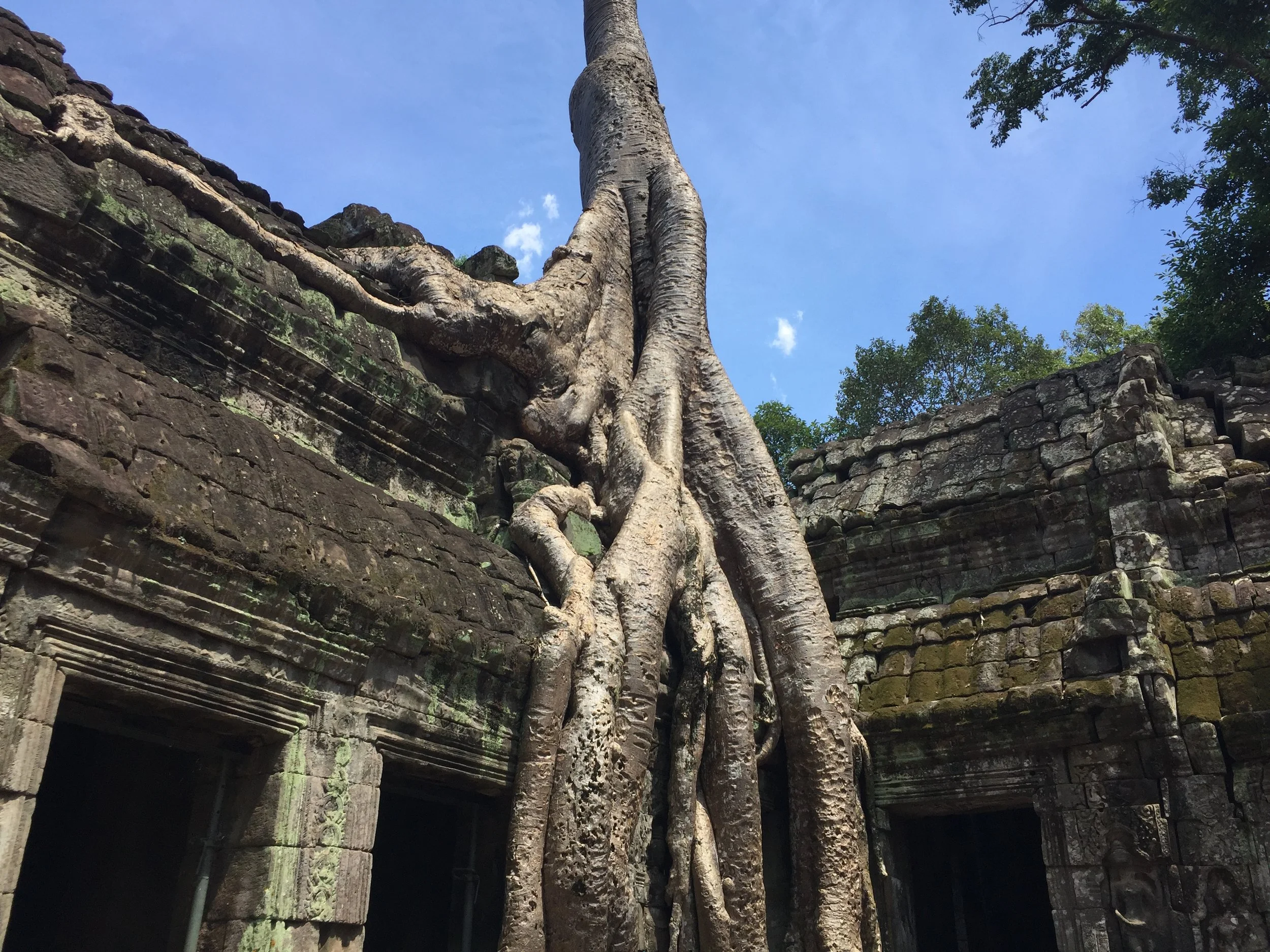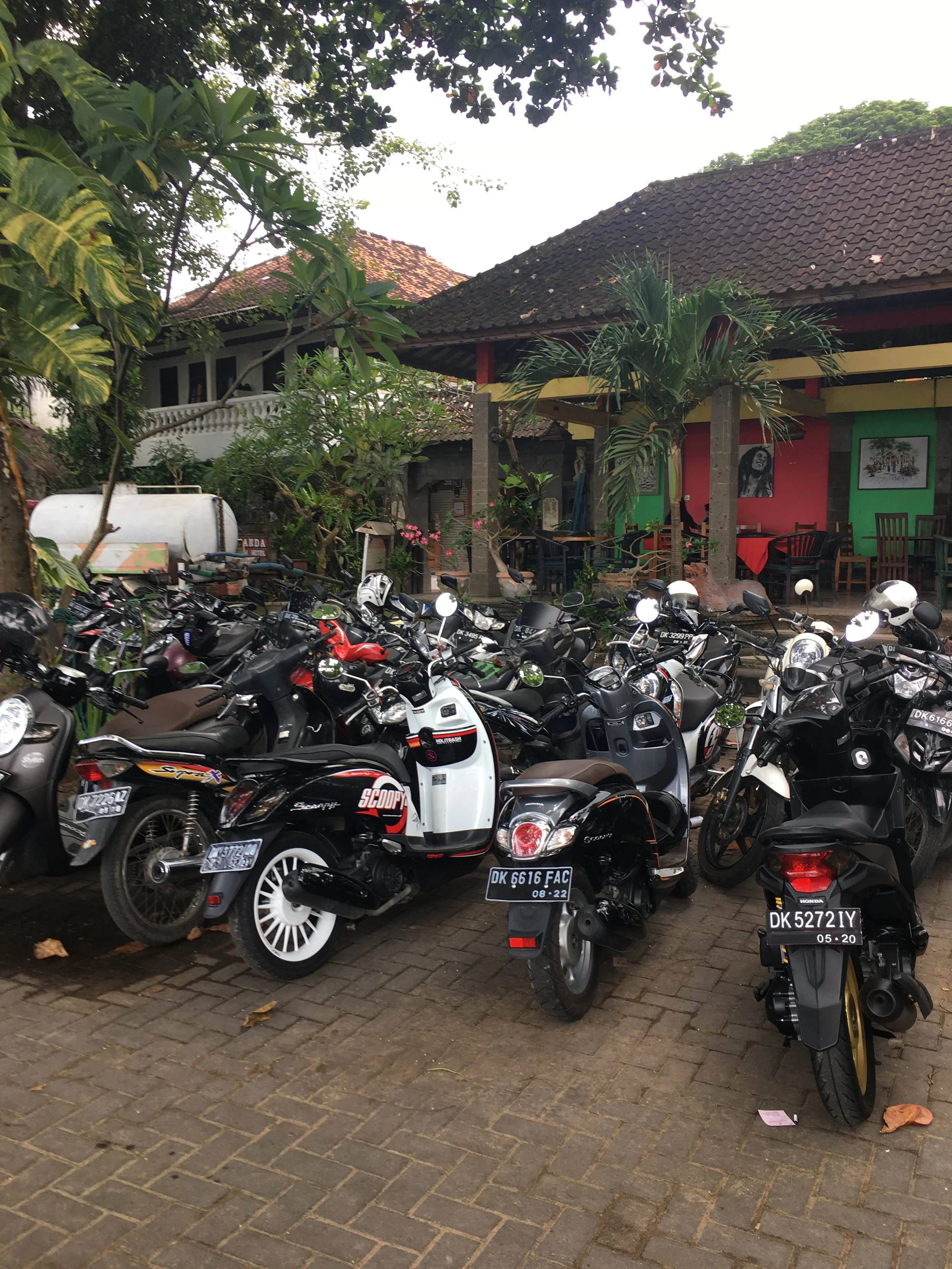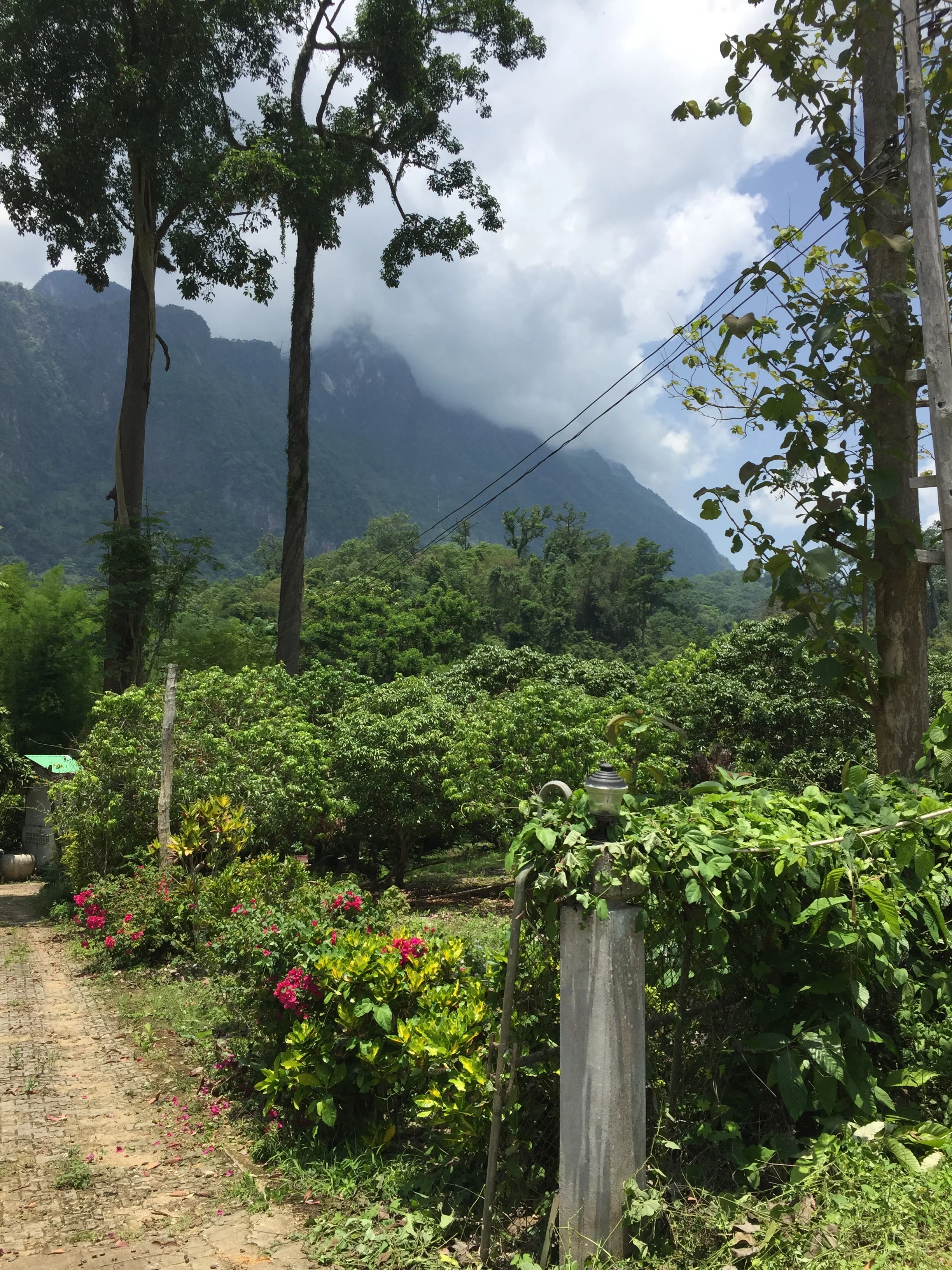Siem Reap: Simply Complex
For travelers, Siem Reap may as well be synonymous with Angkor Wat. The northwest Cambodian city is the entry point to the largest religious monument in the world. To accommodate the mass amount of tourists, the downtown is catered toward perceived western interests.
Similar to so many others, we admittedly made the trek to Cambodia to visit Angkor. However, we found there was plenty to do when we weren't exploring the temples.
We discussed going to Phnom Penh, a six hour bus ride south, but decided to stay in Siem Reap for a week. I had visited the Cambodian capitol in 2011 and the images from the Tuol Sleng Genocide Museum continue to haunt me. During the genocide between 1975 and 1979, millions of people were killed, an estimated one-quarter of the population. The horrific brutality cannot be overstated. It was an attempt to invoke a historic agricultural model and discard Western influence. Phnom Penh is a place where visitors are confronted with the atrocities with sites such as the Killing Fields. We didn't make it south this year, yet there were constant reminders of Cambodia's painful past.
Somewhat surprisingly, Cambodia uses the U.S. dollar in addition to the Cambodian Riel. You can pay with a combination of the two currencies, with 4,000 Riel amounting to roughly 1 USD. In fact, in urban areas, ATMS dispense both currencies. Coins don't exist, thus anything less than a dollar is given in riel.
This speaks to the country's devastating history. Cambodia did not have a currency from 1975 to 1980. The communist Khmer Rouge essentially abolished money when they assumed power. In 1980, the riel was adopted as the national currency once again when the Vietnamese-backed government took control of the country. However, there was a dearth of public confidence, and the United Nations distributed the dollar in the early 1990s.
Siem Reap is a city that pulls from various influences. What's clear is that it's building up and building fast.
The downtown is small, but we appreciated having an apartment centrally located nonetheless. We'd start each morning on our deck, watching daily transactions among monks, commuters, and tuk tuk drivers.
We had plenty of time to observe a nam pang stall directly across the street. The sandwich is comprised of a toasted baguette, a protein, pickled carrots or daikon, and chili sauce.
We watched the couple setup and breakdown each morning and night. By day three we were too intrigued not to try for ourselves. I went downstairs to get one to share. After, there was only one thing to do. Go back down and each get one. It was unclear which protein we ended up with, but it was delicious.
We visited this magical stall daily from there on in. Just across the canal from the nam pangs was Wat Preah Prom Rath.
Monks in bright and dull orange robs would emerge from the pagoda, walk by our apartment together, go to classes, check their smartphones. They were so integrated in daily life.
I felt a strong urge to learn more. Not just about Cambodia's history but about their present. And Buddhism is such a beautiful and influential part of their culture.
We came across the Peace Cafe, which along with being a resaturant, holds community events such as yoga classes.
The cafe also holds biweekly "Monk Chats," as an introduction to Buddhism for walk-ins.
It was fascinating. We sat with a monk from a local pagoda for an hour for a candid Q&A. He told us of his upbringing and why he chose to follow the path to become a monk. He explained his regulated lifestyle, following the 227 rules. However, he never complained and exuded a humble pride. As a monk, he can't eat after midday, dance, listen to music, or touch a woman. Memorably, when I asked if he has siblings, he said he had four, but two passed. My instinct, as in Western culture, was to say sorry for your loss. He replied, they have thousands more years to live, and in Buddhism, he doesn't mourn death. That stuck with me.
Cambodian culture is largely impacted from neighboring countries and this extends to their cuisine.
Cambodian food doesn't have the same reputation as Thai or Vietnamese. Yet, there are some distinct Khmer flavors, such as Prahok, a fish paste that is used in many recipes. Savory sour fruit salads are popular, such as the green mango salad below.
Lunch at the Old House
As are stews and curries. The red curries aren't typically as spicy as Thailand.
Lunch at Chamkar
Other than walking up and down the canal, we were slightly disappointed there weren't too many side streets to explore.
We found ourselves on Pub Street playing cards at a cafe, people watching.
Pub Street has an undeniable western influence.
We frequented Burger King only for their soft serve, 50 cents a cone.
Angkor beers on draft were also a mere 50 cents per mug.
The street lit up at night, with live music, bright lights and inexpensive cocktails.
However, we found the high energy and production that was Pub Street to be draining. Our apartment was one of the nicer accommodations we've stayed in, overlooking the canal.
Honestly, we spent a fair amount of time taking it all in from our place.
Will's expression is not indicative of our feelings toward the apartment
Fortunately, we were able to get out to experience some of the countryside. The touristic aspect of Siem Reap quickly drops once you leave the narrow perimeter of the downtown.
We went to Kampong Phluk floating village, about ten miles southeast of Siem Reap, but an hour drive. We initially wanted to visit Hompong Khleang, but our tuk tuk driver told us some of the roads were out of commission. Once we reached further out, we saw a glimpse of what he may have been referring to. The paved roads soon bared the red earth.
The drive was incredibly dusty, and we were given face masks, which were needed.
Visiting a floating village is indeed deemed a tourist attraction. Fortunately, Kampong Phluk has maintained much of it's authenticity despite the influx of visitor activity.
The ride to the village was part of the experience.
Even among the arid pastures and fields along the dirt road, signage with Cambodian leaders surfaced every few minutes.
We knew we were far out once we ceased to see any English writings.
And when we went up a small incline, we were instructed to get out of the tuk tuk to walk the bend.
Once we reached, Kampong Phluk, we learned it includes three villages with roughly 3,000 inhabitants.
What I didn't realize until visiting was that though referred to as Kampong Phluk floating village it's actually a permanent village and the structures don't float per say.
Houses are built on stilts to avoid being submerged in water during the wet season. When water levels rise, the stilts aren't visible.
Thus, the village is solely accessible via boat.
Our skipper impressively navigated the narrow boat through the channel. The precision took immense skill.
The relatively small community provided a glimpse into village life of the Tonle Sap.
Kampong Phluk's economy is rooted in fishing, specifically, shrimp harvesting.
We had lunch on a floating restaurant in the middle of the lake, which felt more like a bay due to it's size. It felt very rustic. Main menu items included dishes with local snake and crocodile. Pictures on the menu in this situation helped tremendously.
After lunch, we were dropped off to explore an elevated wooden forest walk.
The structure itself was quite impressive, over a half a mile one way.
It felt like a never-ending virtual treehouse.
The area is surrounded by a flooded mangrove forest.
And the walkway provided a great view, high above the canal.
The entire experience was eye opening. The drive, the village, the way of life. We were grateful for a more realistic perspective outside of Siem Reap.
On our last evening, we went to the highly acclaimed Phare Circus., which was the highlight for us. It's not what it sounds like. I for one am not a proponent of circuses, at large. However, this is more of an acrobatic show.
Through theater, showmanship, and live music, the performance portrays Cambodian folklore in modern times.
Awe-inspiring is the only word that comes to mind.
Best yet is the mission. Profits generated from the show help support the free education, professional arts training and social support programs for many Cambodian youth.
Phare performers are graduates of Phare Ponleu Selpak, an NGO school and professional arts training center in Battambang, Cambodia.
It's a beautiful social model. And the show itself is unbelievable. I'm not exaggerating when I say I was sitting on the edge of my seat, gasping, squeezing Will's arm. The energy was electrifying. And the fire tossing, gravity defying, high flying youth were remarkable.
With more time, we would have liked to explore more of Cambodia.
But I feel we had a nice balance of learning of the nation's past and present.
It's a culturally rich country. It's a place you really want to see do well. Continuing to retell stories can only help Cambodia rebuild.

